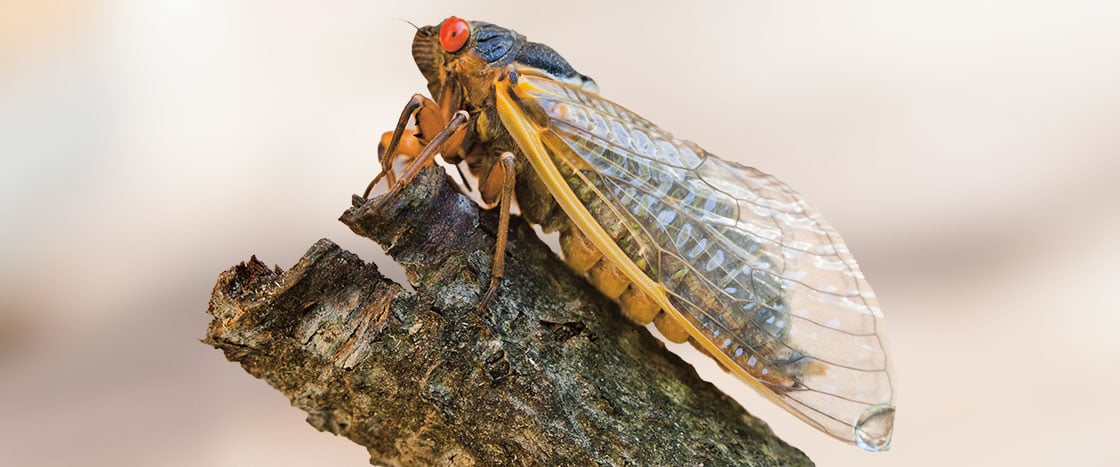John Abbott/NPL/Minden Pictures
That means they have the same parts as all insects. They have six legs, three body parts, and two antennae (an-TEN-ay).
Cicadas have wings and can fly. But they are not great at flying. So if you are running away from a cicada, don’t worry. It won’t fly after you!
They have six legs and three body parts. They have two antennae.
Cicadas have wings. They can fly. But they are not great at flying.

